Fashion in cinema and the columns of the 60s
- Elisa Nori

- May 24, 2022
- 4 min read
As assured, after the list of unmissable films from the 50s, here come the feature films of the 60s that have reached the Oscar nomination for best costumes; most are actual winners of the statuette, among other recognition awards.
Fashion, which is also a language for images, in many respects, represents a synergistic and natural union with cinema... revealing an indisputable mutual magnetism, which still acts as a glue today.
Just starting from the sixties, the transition from costume designer to stylist is clear.
The more modern trapeze line comes into full power, leaving the hourglass effect to a past dominated by patterns.
These are the years of student protests and youth rebellions, those in which man sets foot on the moon, the years of President Kennedy, of opposition to the Vietnam War and the Woodstock era.
The liberation introduces exciting experiments in art, music and not only in the fashion system.
The magic word is: Prêt-à-porter, a fashion ready to be worn.
These are the years in which conservative and puritanical models, but above all conventions are rejected as well as any form of conditioning and authoritarianism.
The miniskirt was born from the creativity of the stylist Mary Quant and the young hairdresser Leslie Hornby, model, actress and singer ... so thin that she was called "Twiggy" breadstick, was the right face for the launch.
The miniskirt becomes the symbol, together with the sleeveless A-line dresses and made in geometric, optical, but also solid-coloured prints, of an independent and free woman who does not want to be caged; all this often on very high heels.
She conquers the covers of the most famous fashion magazines including Vogue, Elle, being elected face of the year by the Daily Express.
The shapes change and from soft and welcoming, they become more androgynous.
Inspired by the art of which he is a great lover, Yves Saint Laurent creates the Mondrian collection distinguishing an era; his was a real example of genius and risk, of contamination between art and fashion that made him iconic and avant-garde.
From Mondrian to David Hockney, from Picasso to Andy Warhol, from Matisse to Braque, Yves Saint Laurent lets himself be inspired by his creations.
Glasses with large lenses and eccentric frames, colorful scarves, accentuated eye make-up, palazzo pants, colorful shirts and sweaters, flared skirts, tights with fun and colorful patterns, are just some of the characteristics of 60s fashion.
In Italy, the Fiat 600 became the favorite car and vinyl records helped to make famous songs such as 24000 Baci di Celentano and Mina's Mille Bolle Blu.
The Fendi maison acquires a very young Karl Lagerfeld as artistic director, making his way in Japan and the USA and a very young Laura Biagiotti signs her prêt-à-porter collection for Schuberth.
Elio Fiorucci's brightly colored waterproof shoes soon sold out.
Deeply passionate about the legendary Swinging London, in 1967 he opened his first store in Galleria Passarella and there he exhibited pieces by his favorite English fashion designers, such as Zandra, Rhodes, Biba and Ossie Clark.
The Fiorucci brand is the one that will make Italian fashion pop, becoming iconic in the 1980s.
Embroideries in Swarovski crystals characterize the first high fashion collection of the designer Emilio Pucci, who subsequently offers collections inspired by Pop Art.
In collaboration with Ermenegildo Zegna, 1968 marks the debut in men's fashion.
The excessive transparency of some outfits, worn by models without bras, received criticism at Palazzo Pitti in 1967, the year of the first Missoni fashion show; Diana Vreeland, historic director of Vogue, takes Ottavio Missoni and Rosita Jelmini to New York and America is conquered by this brand.
Both the unprecedented multicolor combinations and the manufacturing techniques with which they combine motifs in knitwear and stitch constructions make them timeless icons.
Valentino, on the other hand, having finished his apprenticeship in France, returned to Italy and within a few years,
becomes the most sought-after stylist in the world.
Universally appreciated for knowing how to combine a haute couture style with bold and extravagant touches, it opens boutiques in many countries and the famous "Red Valentino", will close all the brand's fashion shows making it a legend ... so much so that he even designed Jacqueline's wedding dress Kennedy.
Cinema and fashion teach the whole world a lesson, a lesson that cannot be forgotten or belittled, because it is evident and palpable. Brilliance seduces in all its splendor and overcomes every barrier, and every closed or lackluster mind.
There are greatnesses that cannot be hidden, just read the names of directors, actors and actresses who have contributed not only to mammoth productions, but to leaving an indelible mark of style and skill. There are those who are destined to reign and they have conquered the throne for a long time, remaining imposing, majestic and proud in history and being able to boast collaborations to scream.
If the aliens arrived, I would first have them dressed by our best stylists with precious and sublime fabrics and then sit on an armchair in the cinema, because they would have the art on them and in front of them... not underneath... We don't want to sit vulgarly on it, we want to place it side by side...otherwise a pitiful veil would have to be spread...but what am I saying...a real sheet.
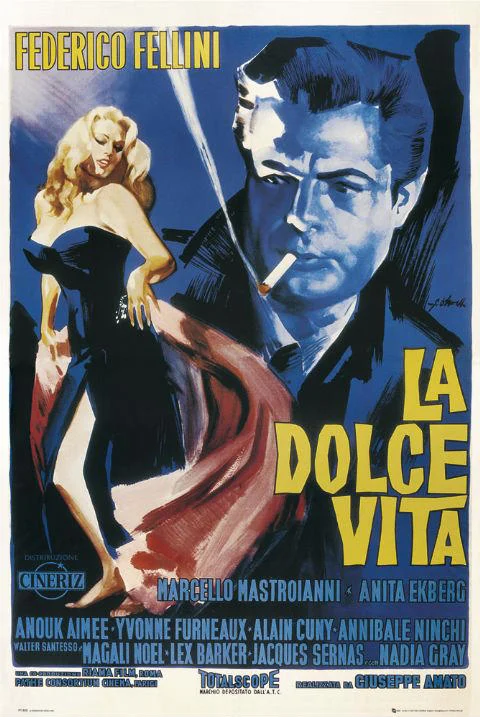
La Dolce Vita (1960) DIRECTED BY FEDERICO FELLINI
ORIGINAL TITLE: ---
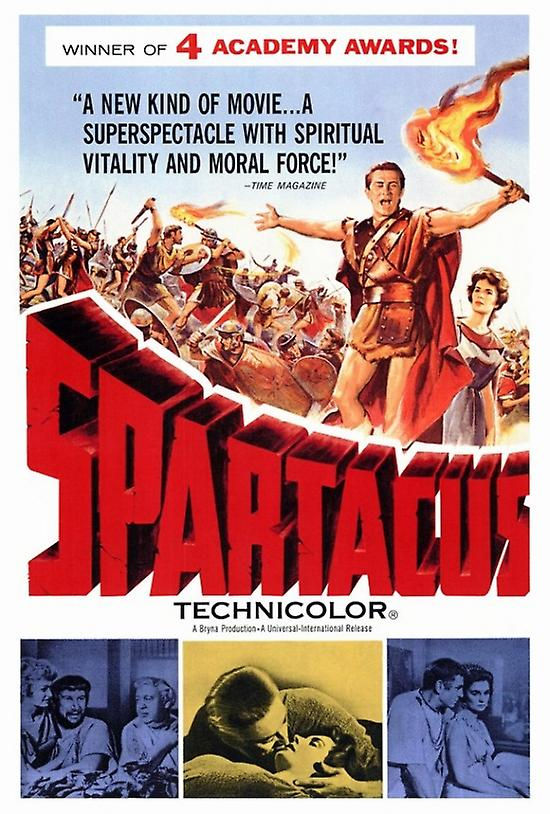
Spartacus (1960) DIRECTED BY STANLEY KUBRICK
ORIGINAL TITLE: ---
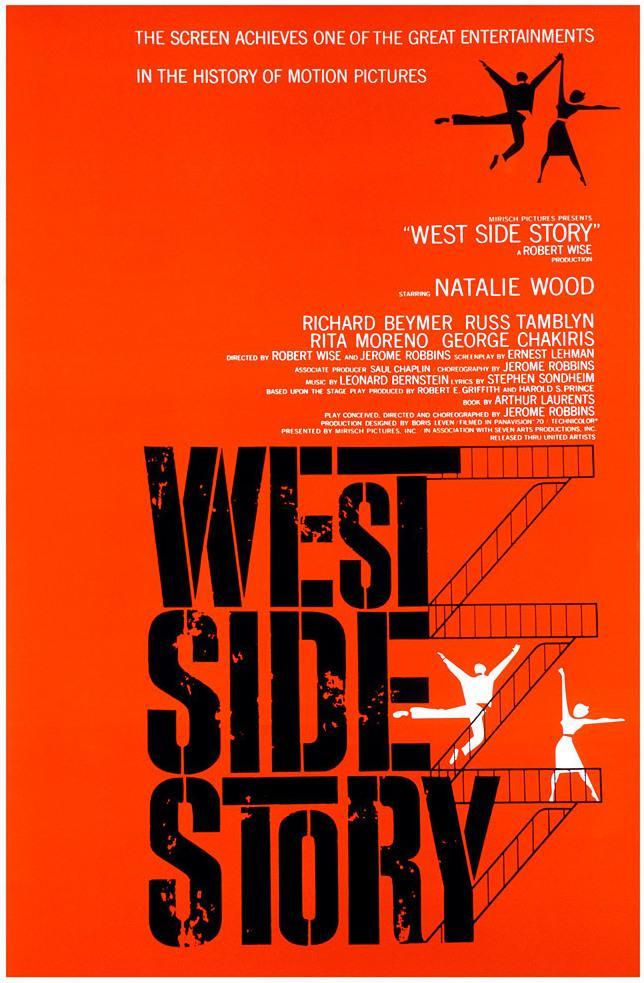
West Side Story (1961) DIRECTED BY JEROME ROBBINS, ROBERT WISE
ORIGINAL TITLE: ---

L'uomo che uccise Liberty Valance (1962) DIRECTED BY JOHN FORD
ORIGINAL TITLE: THE MAN WHO SHOT LIBERY VALANCE
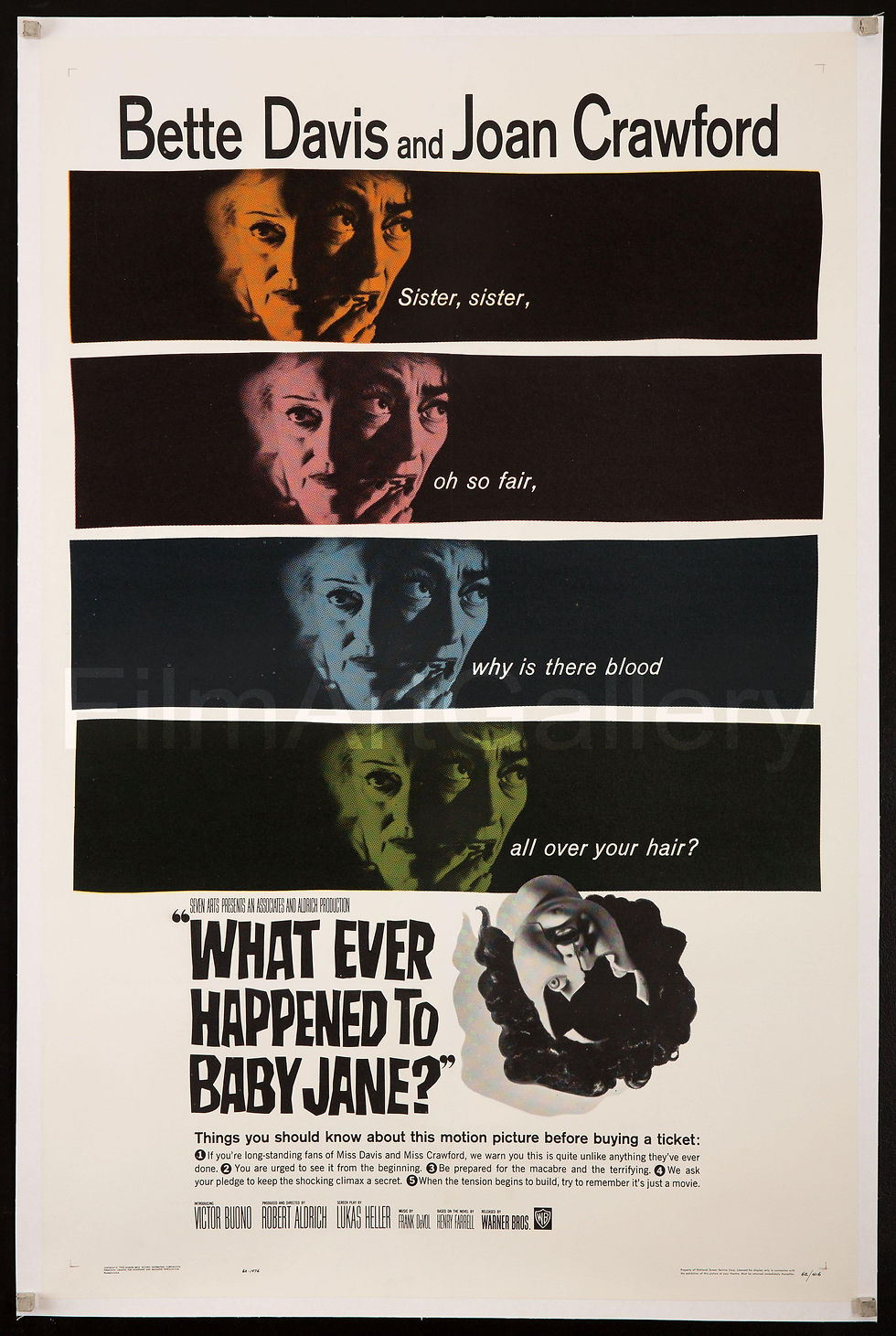
Che fine ha fatto baby Jane? (1962) DIRECTED BY ROBERT ALDRICH
ORIGINAL TITLE: WHAT EVER HAPPENED TO BABY JANE?

8 ½ (1963) DIRECTED BY FEDERICO FELLINI
ORIGINAL TITLE: ---
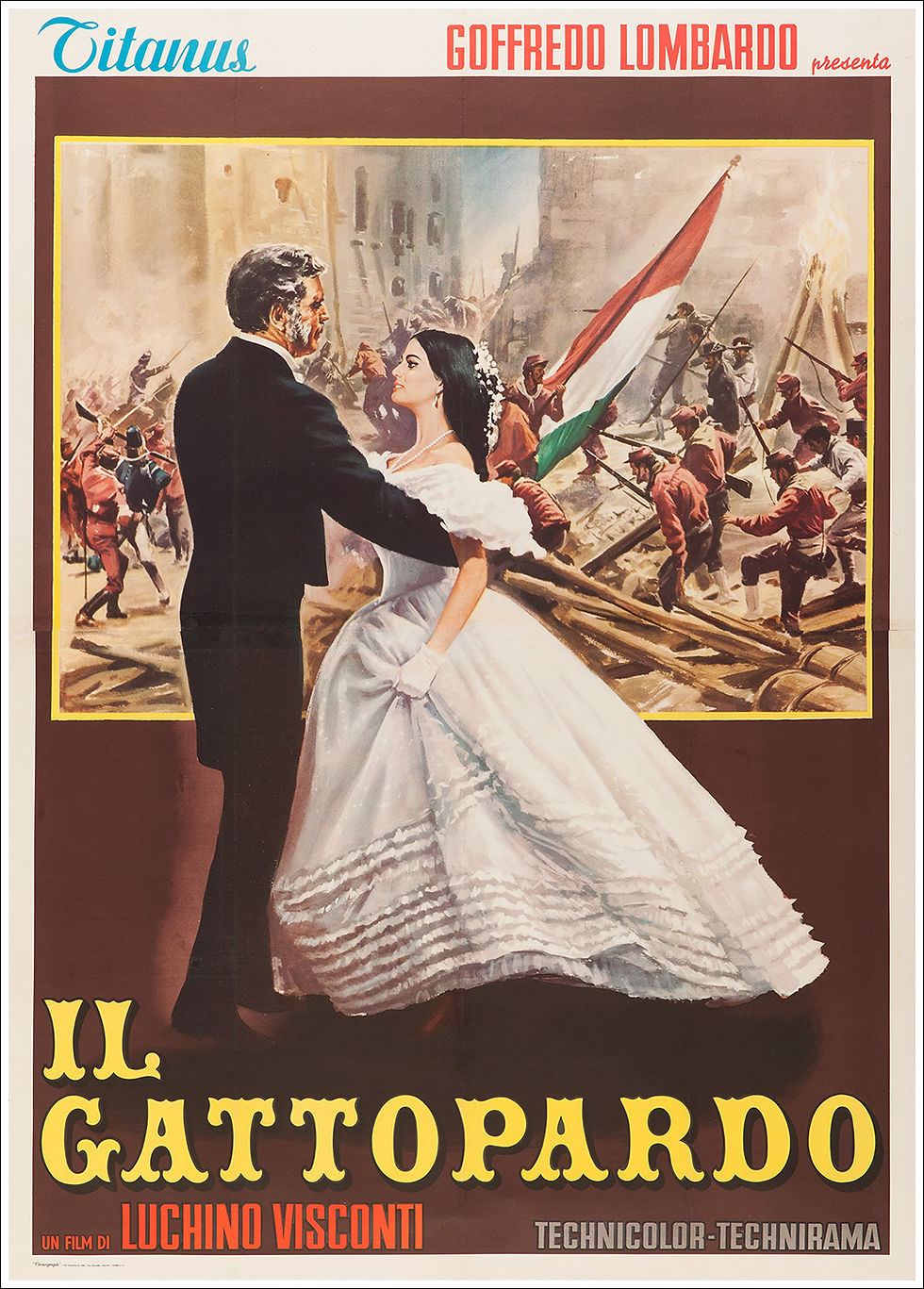
Il gattopardo (1963) DIRECTED BY LUCHINO VISCONTI
ORIGINAL TITLE: ---
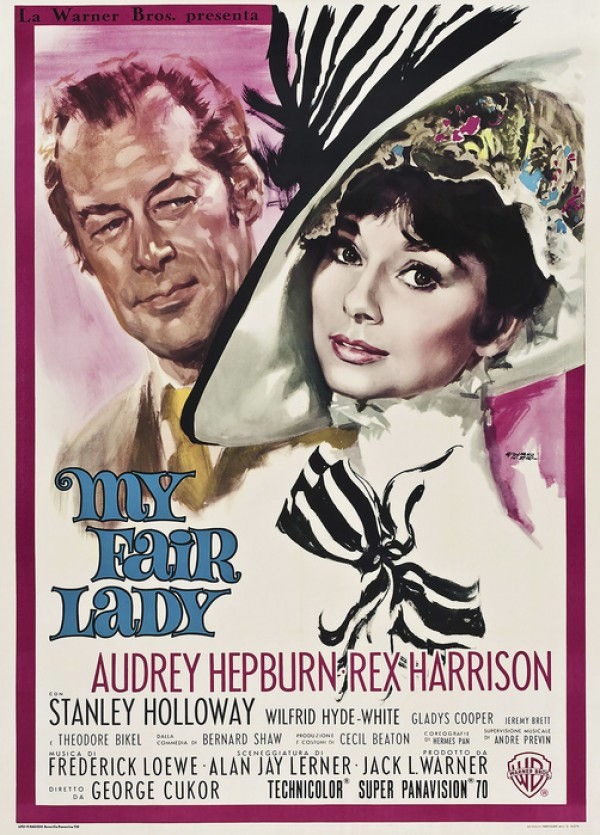
My Fair Lady (1964) DIRECTED BY GEORGE CUKOR
ORIGINAL TITLE: ---
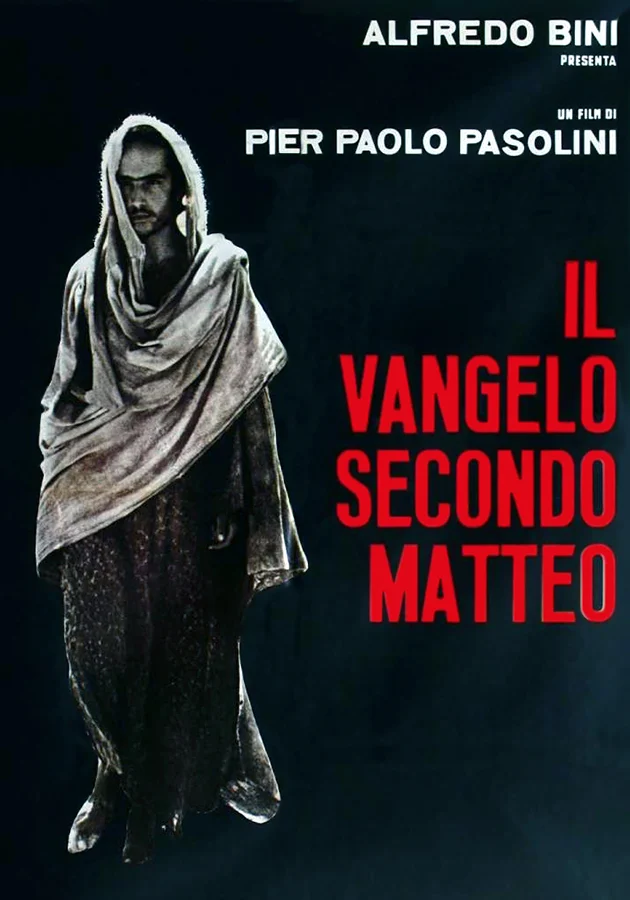
Il vangelo secondo Matteo (1964) DIRECTED BY PIER PAOLO PASOLINI
ORIGINAL TITLE: ---
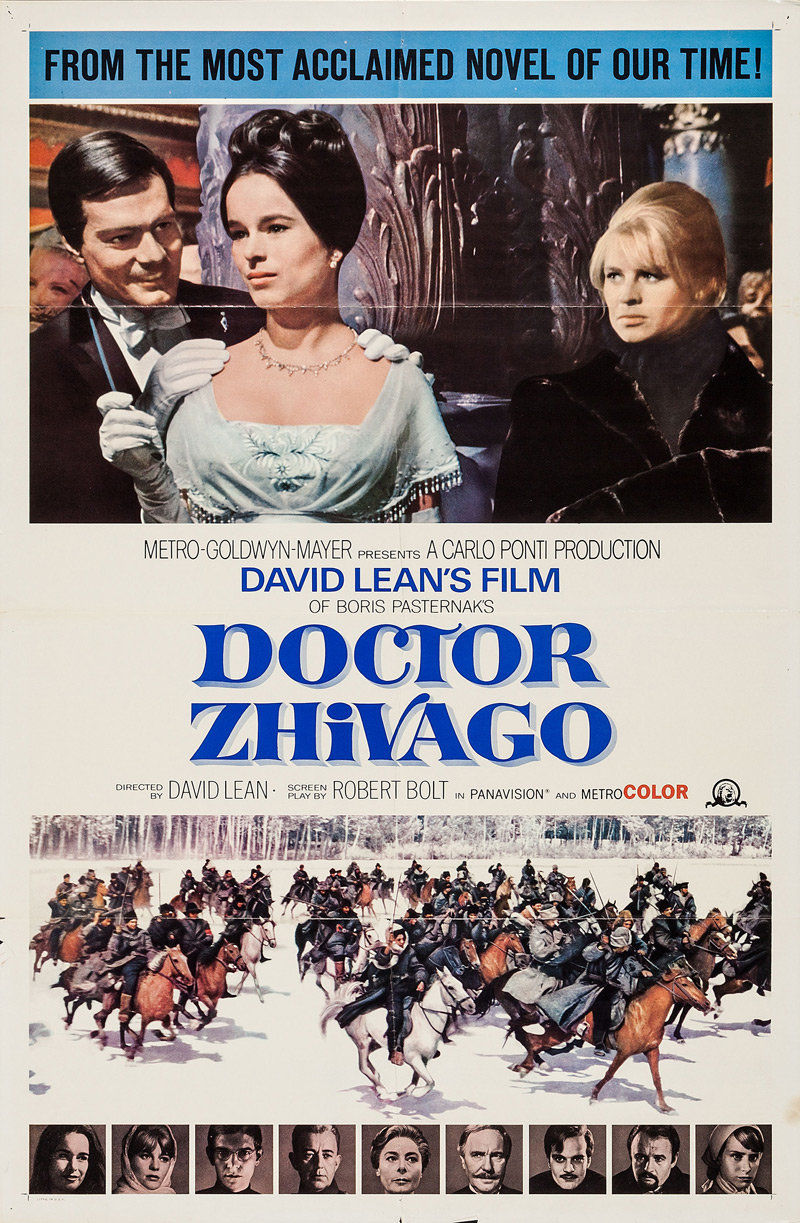
Il Dottor Zivago (1965) DIRECTED BY DAVID LEAN
ORIGINAL TITLE: DOCTOR ZHIVAGO
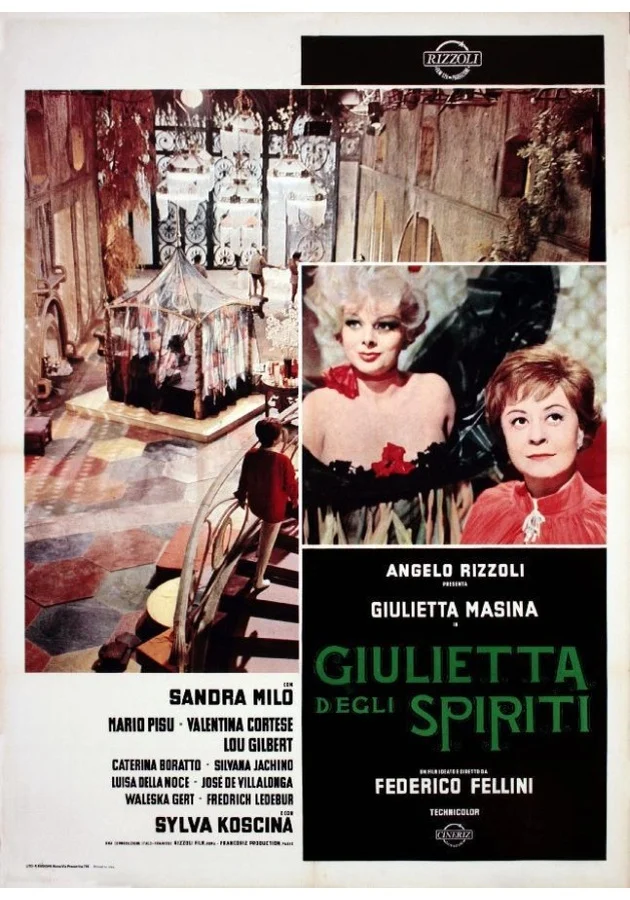
Giulietta degli spiriti (1965) DIRECTED BY FEDERICO FELLINI
ORIGINAL TITLE: ---
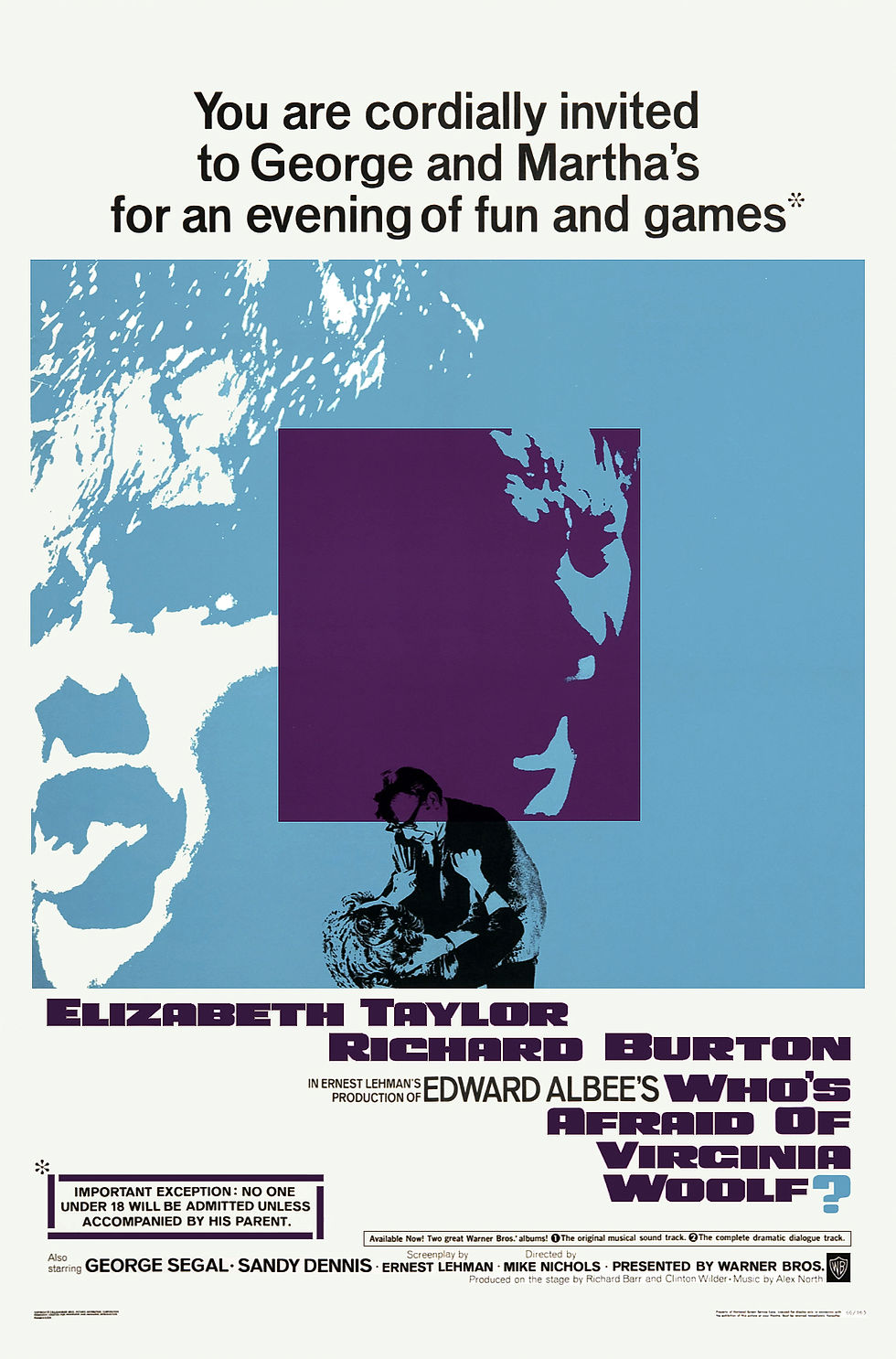
Chi ha paura di Virginia Woolf? (1966) DIRECTED BY MIKE NICHOLS
ORIGINAL TITLE: WHO'S AFRAID OF VIRGINIA WOOLF?
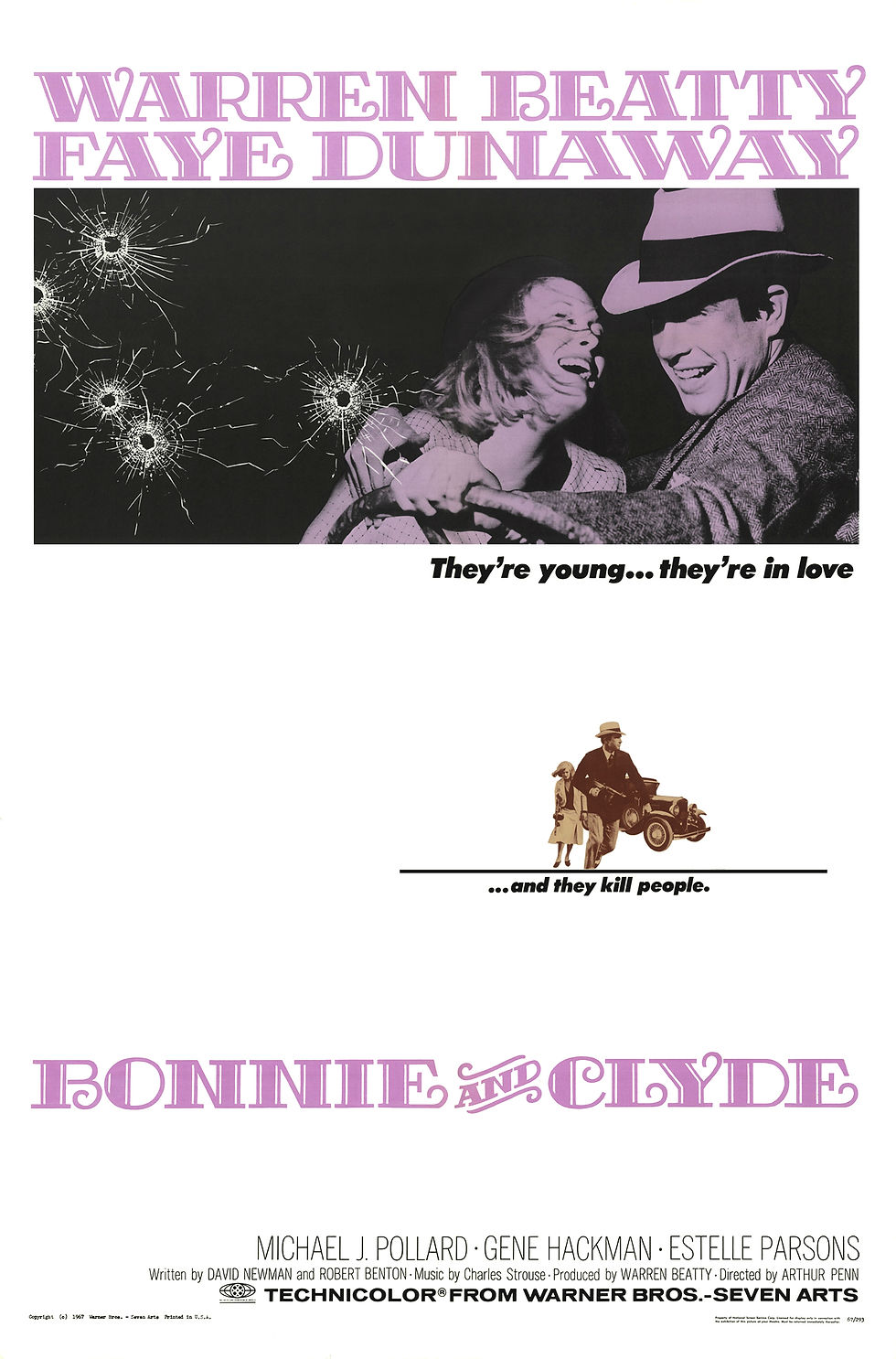
Gangster Story (1967) DIRECTED BY ARTHUR PENN
ORIGINAL TITLE: BONNIE AND CLYDE
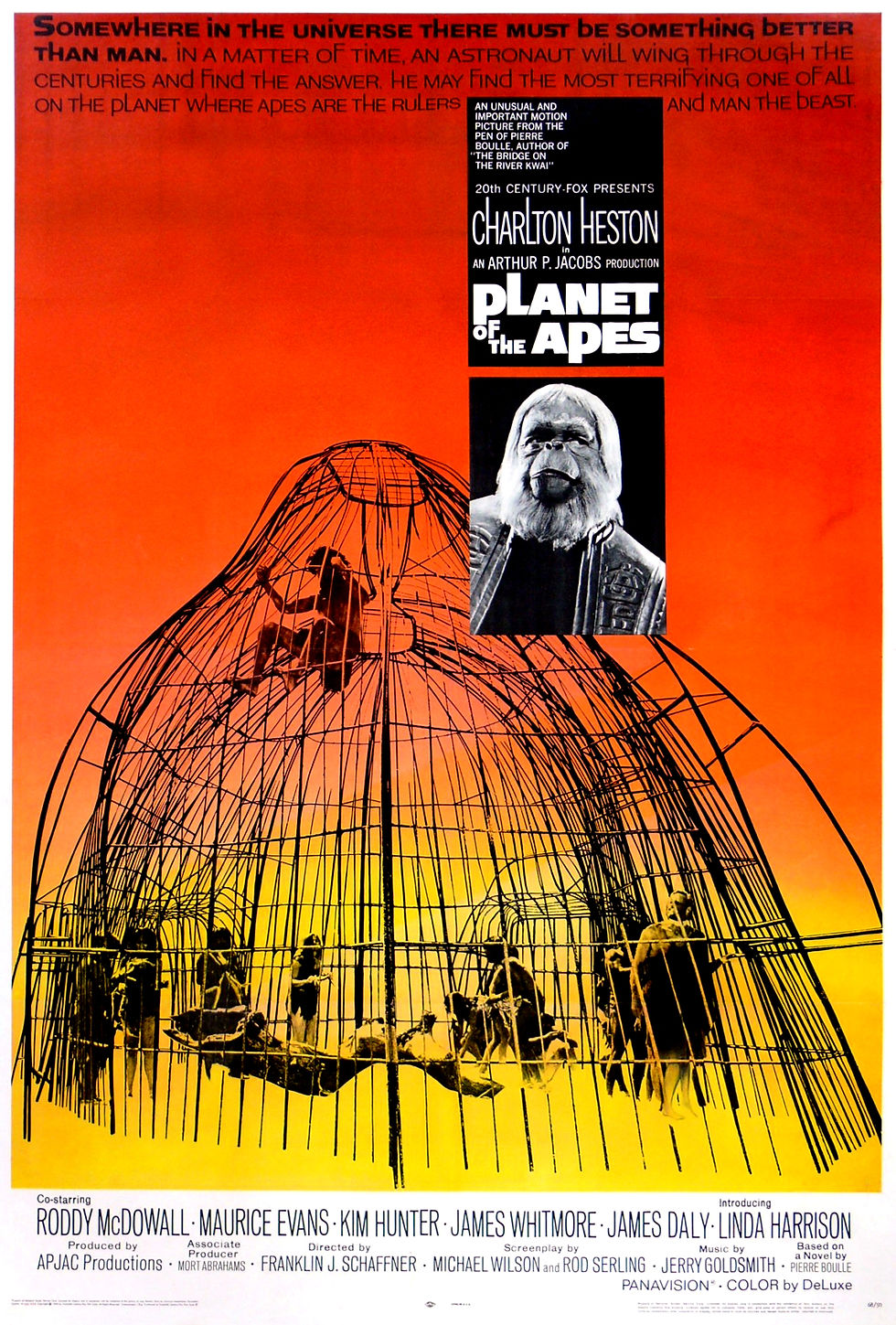
Il pianeta delle scimmie (1968) DIRECTED BY FRANKLIN J. SCHAFFNER
ORIGINAL TITLE: PLANET OF THE APES
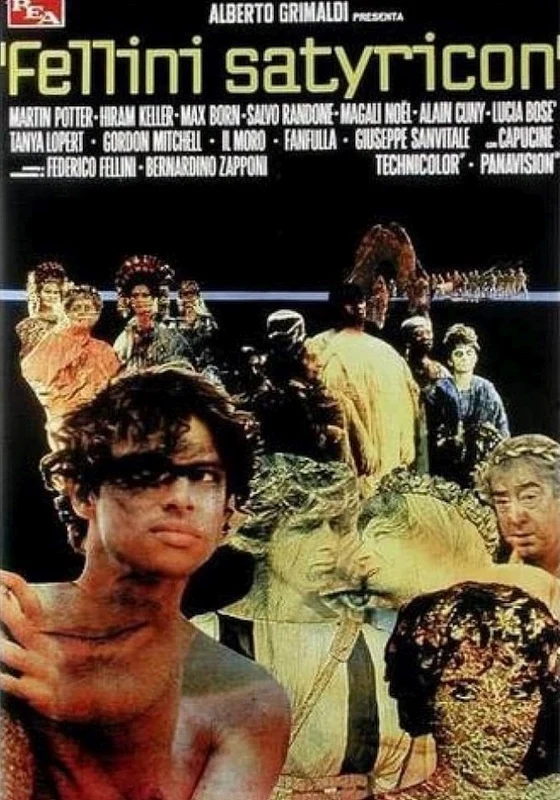
Fellini - Satyricon (1969) DIRECTED BY FEDERICO FELLINI
ORIGINAL TITLE: ---





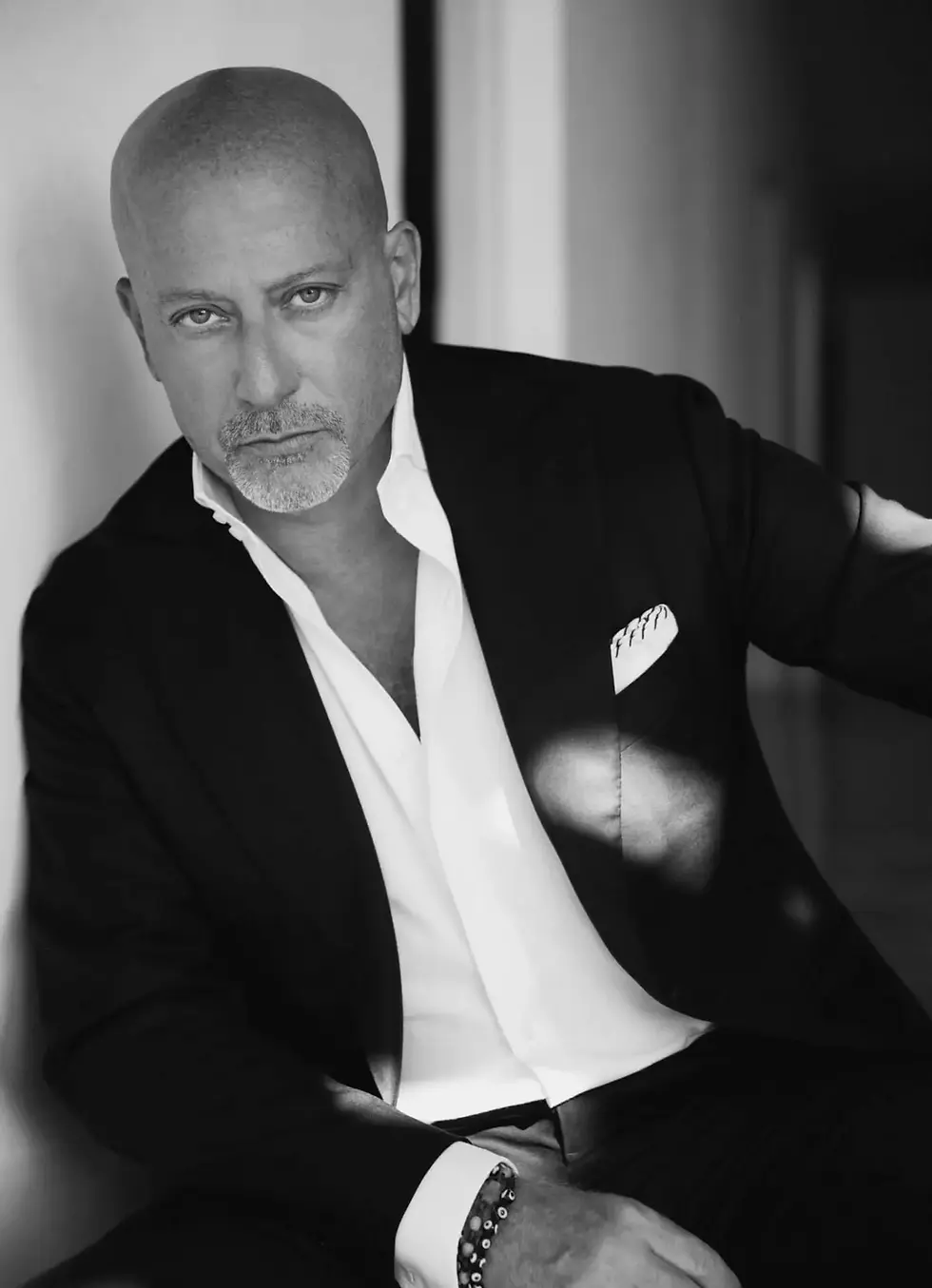

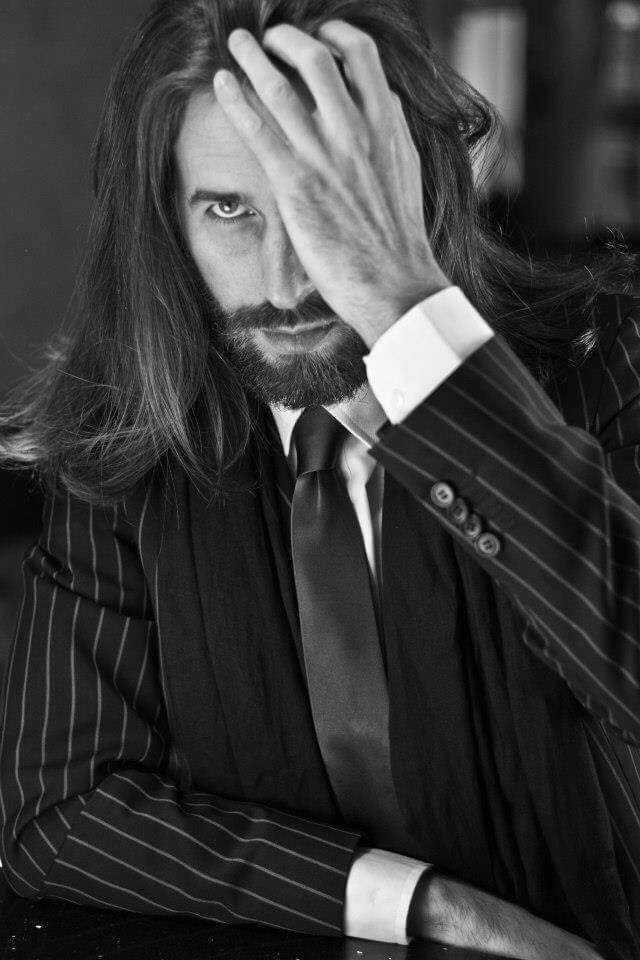
Comments